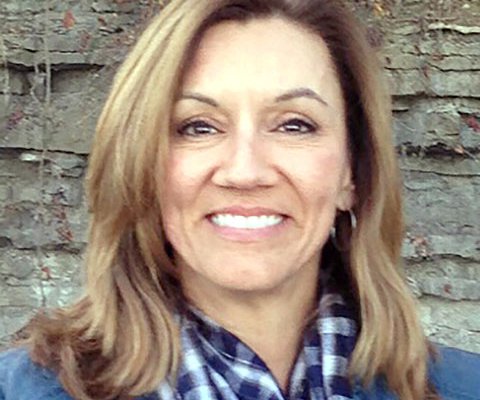The November Soil Sisters column talked about community. This one will too because community is defined in so many ways.
When I think of rural life, it’s the natural environment and agricultural activity that come to mind — and not always in positive thoughts. We are losing our small to medium family farms and we’re losing our natural areas. Yet, each is imperative to our physical, mental, and emotional health — and each supports the other. They work together as an environmental community that benefits our human community. In this intersection is the sweet spot.
The sweet spot is cost effective, healthy, and resilient.
Native ecosystems bordering agricultural systems enhance food production. They provide beneficial insects that pollinate and keep pests at bay, support healthy soil, and allow humans to interact with nature in a fun and healthy way.
Sweet spots are found everywhere and have various names. Those along waterways are buffers. Those in the middle of cropped fields are STRIPS (Science-based Trails of Rowcrops Integrated with Prairie Strips). Those along vegetable patches are beetle banks. Those in the middle of pastures are oak savannas.
Beetle banks and prairie STRIPS are cost effective because they reduce costs of fertilizer and pesticide and they increase soil health. Buffers reduce human and animal health-related concerns arising from polluted water and they reduce erosion and loss of valuable soil along waterways. Like everything, these natural areas require maintenance and care to continue their resilience and ultimately, their cost effectiveness and health benefits.
Enhancing these sweet spots, allows agricultural and native ecosystems to work together. As these landscape communities work together, the human communities must cooperatively advocate to ensure “carrots and sticks” are available to maintain and create these sweet spots.
We must advocate for proper funding of programs that address this, such those provided by the Natural Resource Conservation Service (NRCS). We must set aside our time to remove invasive plants and replace them with native plants. We must buy local foods. We must appreciate and respect both and how they work together.
The sweet spot — that optimal intersection of the landscape where farming and native ecosystems benefit each other — isn’t conspicuous and isn’t distinguished by a singular analysis. The sweet spot benefits show up in multiple and various ways. You’ll find these rewards when your water tests are free from contaminants, or the endangered cerulean warbler serenades you, or your annual fertilizer bill is lower, or when the trout returns to the stream.
While the sweet spot is a discreet intersection of intermingled ecosystems. Its benefits emanate throughout our community, often without notice. While our water tests show the stream is cleaner, it doesn’t show the delight of the neighborhood kids that can safely play in the water. It doesn’t show the increased beneficial insects who reduce pesticide use, giving us healthier food that we share at neighborhood potlucks. It doesn’t show the happiness and joy when we remove one less worry from our lives.
Another beautiful aspect of the sweet spot is there isn’t just one. Farmland and native ecosystems blend, merge, and intertwine throughout the landscape. We can have many, many, many sweet spots.
Rural communities recognizing and embracing the need for both native ecosystems and agricultural ecosystems generate healthy, happy neighbors. The cooperation needed to find the sweet spot strengthens our community. Let’s build that candy store of sweet spots!
— Marci Hess has 60 acres that she is restoring with her husband, Jim. These 60 acres include prairie, woods, and oak savanna and grade from dry soil to wet mesic soils. More info at driftlessprairies.org. Soil Sisters, a program of Renewing the Countryside, connects and champions women in the Green County area committed to sustainable and organic agriculture, land stewardship, local food, family farms and healthy and economically vibrant rural communities.





